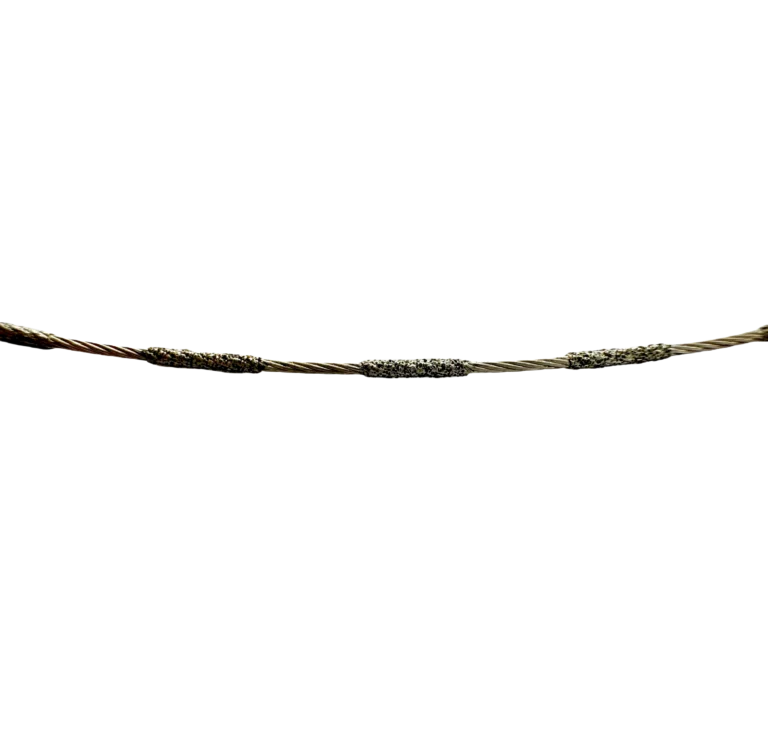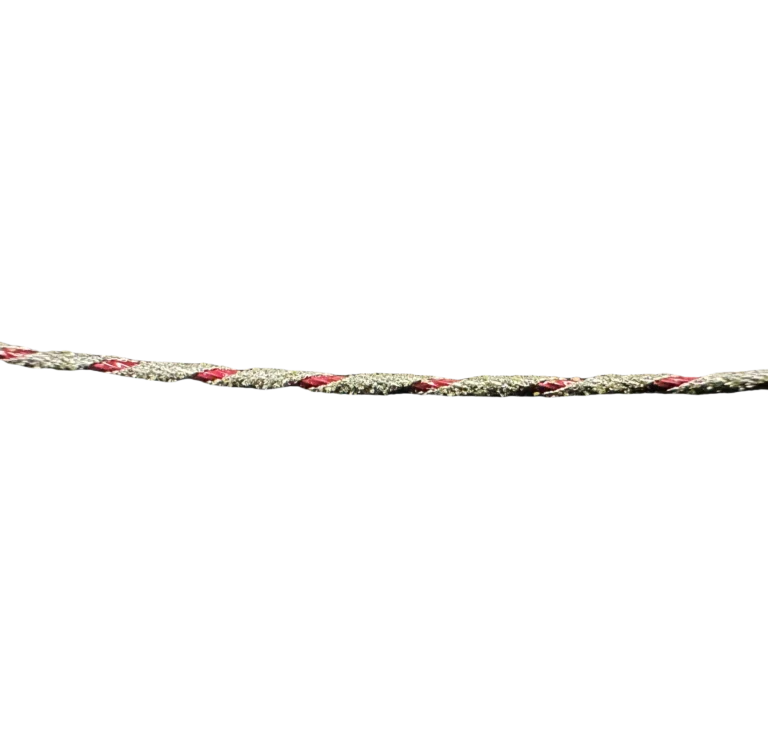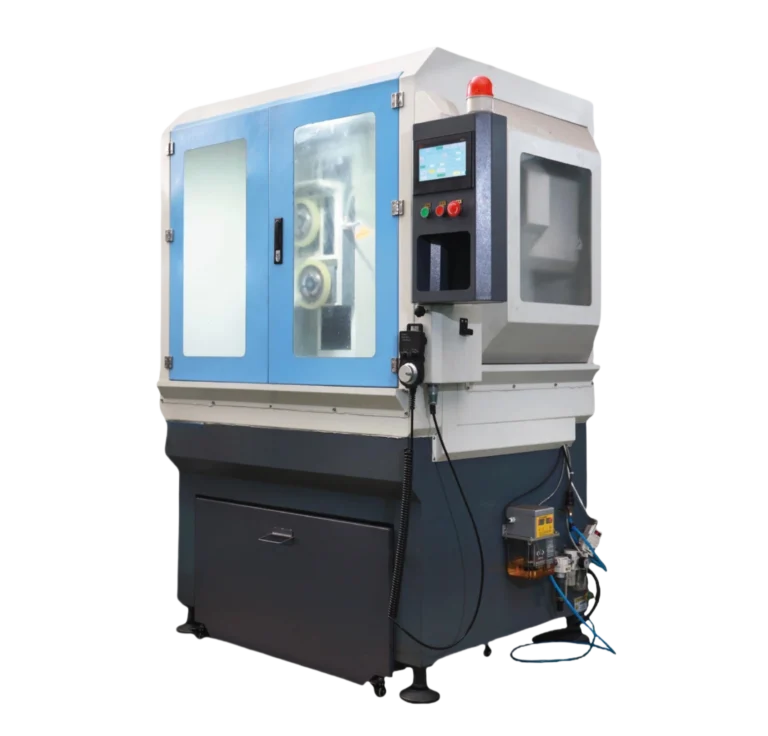Optisches Glas ist ein wichtiges Material für hochpräzise Anwendungen wie Linsen, Prismen und Glasfaseroptik. Eine einwandfreie Oberflächenqualität und Maßgenauigkeit während des Schneidprozesses ist für die Aufrechterhaltung der optischen Leistung unerlässlich. Herkömmliche Schneidverfahren haben oft mit Materialspannungen, Mikrorissen und unebenen Oberflächen zu kämpfen, die die optische Klarheit und strukturelle Integrität von Glaskomponenten beeinträchtigen können.
Die Diamantdrahtsäge hat sich als überlegene Technologie für das Schneiden von optischem Glas herauskristallisiert, die höhere Präzision, weniger Materialabfall und eine verbesserte Oberflächenglätte bietet. Dieser Artikel erforscht, wie Diamantdrahtsäge Technologie optimiert die Schnittgenauigkeit und steigert die Qualität der optischen Glaskomponenten.

1. Überlegene Schnittpräzision
Diamantseilsäges sind mit ultradünnen Drähten ausgestattet, in die Diamantschleifmittel eingebettet sind. Diese Konstruktion ermöglicht es:
- Minimaler Kerbenverlust: Der dünne Draht reduziert den Materialverlust beim Schneiden und sorgt für eine bessere Ausnutzung des teuren optischen Glases.
- Feiner Schnittweg: Durch die Präzision des Drahtes werden Abweichungen minimiert, was zu glatteren und genaueren Schnitten führt.
- Reduzierte Mikrorisse: Im Vergleich zu herkömmlichen Sägeblättern üben Diamantseilsägen weniger Druck auf das Material aus, was das Risiko von Mikrorissen deutlich verringert.
Diese Vorteile sind besonders wichtig für optische Anwendungen, bei denen Oberflächenmängel die Lichtdurchlässigkeit und die Gesamtleistung beeinträchtigen können.
2. Geringe Materialspannung und thermische Belastung
Eine der größten Herausforderungen beim Schneiden von optischem Glas ist die Beherrschung von Materialspannung und Wärmeentwicklung. Diamantseilsägen lösen diese Probleme durch:
- Kühlmittel Anwendung: Ein gleichmäßiger Kühlmittelfluss verringert die Reibung und verhindert eine Überhitzung, wodurch das Glas vor thermischer Verformung geschützt wird.
- Niedrige Schnittkraft: Die Seilsäge übt einen sanften, gleichmäßigen Druck auf die Materialoberfläche aus und minimiert so die inneren Spannungen, die zu Brüchen oder Verformungen führen könnten.
- Staubunterdrückung: Das Kühlmittel trägt auch zur Unterdrückung von Glasstaub bei, wodurch die Klarheit erhalten bleibt und das Risiko einer Verunreinigung verringert wird.
Dieses Verfahren gewährleistet, dass die Integrität des Glases intakt bleibt und seine optischen Eigenschaften während und nach dem Schneiden erhalten bleiben.
3. Glatte Oberflächenveredelung
Optische Komponenten erfordern eine außergewöhnlich glatte Oberfläche, damit das Licht nicht gestreut oder das Bild verzerrt wird. Die Diamantseilsägetechnik zeichnet sich in diesem Bereich aus durch:
- Konsistente Drahtspannung: Die Aufrechterhaltung einer gleichmäßigen Spannung während des gesamten Schnittes verhindert Unregelmäßigkeiten und Oberflächenkratzer.
- Feines Schleifkorn: Diamantpartikel mit feiner Körnung polieren die Kanten beim Schneiden und reduzieren so die Nachbearbeitung.
- Stabiler Maschinenbetrieb: Hochentwickelte Kontrollsysteme halten die Vibrationen auf ein Minimum und tragen so zu spiegelnden Oberflächen auf optischem Glas bei.
Das Ergebnis ist eine sauberere Oberfläche, die nur minimal poliert werden muss, was sowohl Zeit als auch Kosten bei der Herstellung spart.
4. Vielseitigkeit bei komplizierten Geometrien
Optische Glaskomponenten erfordern oft komplexe Formen und präzise Winkel. Diamant-Seilsägen bieten:
- Mehrwinkliges Schneiden: Sie sind in der Lage, komplizierte Schnitte mit hoher Präzision auszuführen.
- Dünne Querschnitte: Das dünne Profil des Drahtes ermöglicht feinere Geometrien ohne Beeinträchtigung der Genauigkeit.
- Reduzierte Zerspanung: Die verbesserte Kontrolle reduziert das Abplatzen der Kanten und sorgt für weiche Übergänge auch in scharfen Ecken.
Diese Vielseitigkeit macht Diamantseilsägen ideal für die Herstellung von Linsen, Prismen und speziell geformten optischen Komponenten.
5. Umwelt- und Kosteneffizienz
Die Diamantseilsägetechnik hat nicht nur Vorteile beim Schneiden, sondern ist auch ein Vorteil:
- Umweltfreundlich: Geringerer Materialabfall und effizienter Einsatz von Kühlmitteln verringern die Umweltbelastung.
- Kostengünstig: Durch die Minimierung des Schnittspaltverlusts und der Polieranforderungen werden die Produktionskosten erheblich gesenkt.
- Verlängerte Lebensdauer der Drähte: Optimierte Drahtspannung und Geschwindigkeitssteuerung verlängern die Lebensdauer des Drahts und verbessern die langfristige Effizienz.
Diese Vorteile tragen zu einem nachhaltigeren und wirtschaftlicheren Schneidverfahren für hochpräzises optisches Glas bei.

Abschluss
Die Diamantdrahtsägetechnologie verändert den Schneidprozess von optischem Glas, indem sie die Genauigkeit erhöht, die Materialbelastung minimiert und eine hervorragende Oberflächengüte erzielt. Ihre Fähigkeit, komplexe Geometrien mit minimalem Schnittfugenverlust und reduzierter Mikrorissbildung zu schneiden, hebt sie von herkömmlichen Methoden ab. Für Hersteller, die Wert auf Qualität und Präzision legen, stellen Diamantseilsägen die modernste Lösung für die Bearbeitung von optischem Glas dar.




